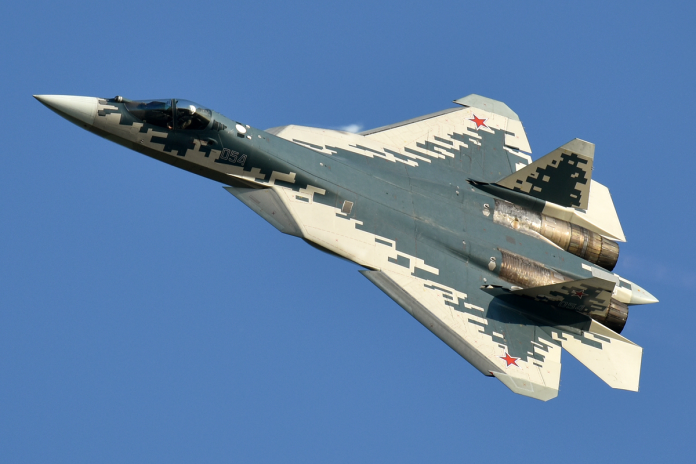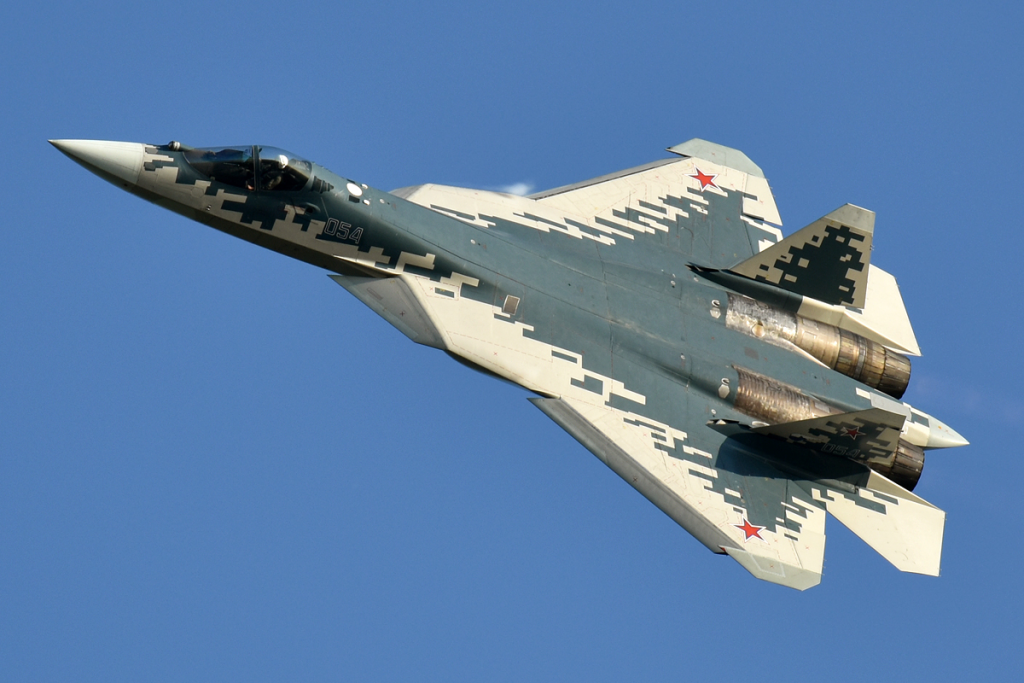
A chilly gust howled over the tarmac at Komsomolsk-on-Amur as two newly painted Su-57s, tail numbers “25” and “26” Red, rolled for their first transfer flight trophies of Russia’s persistent desire to deploy a fifth-generation fighter aircraft capable of competing with the world’s finest. But below the glamour of this technological spectacle is a tale of daring engineering, operational potential, and monstrous industrial challenges.
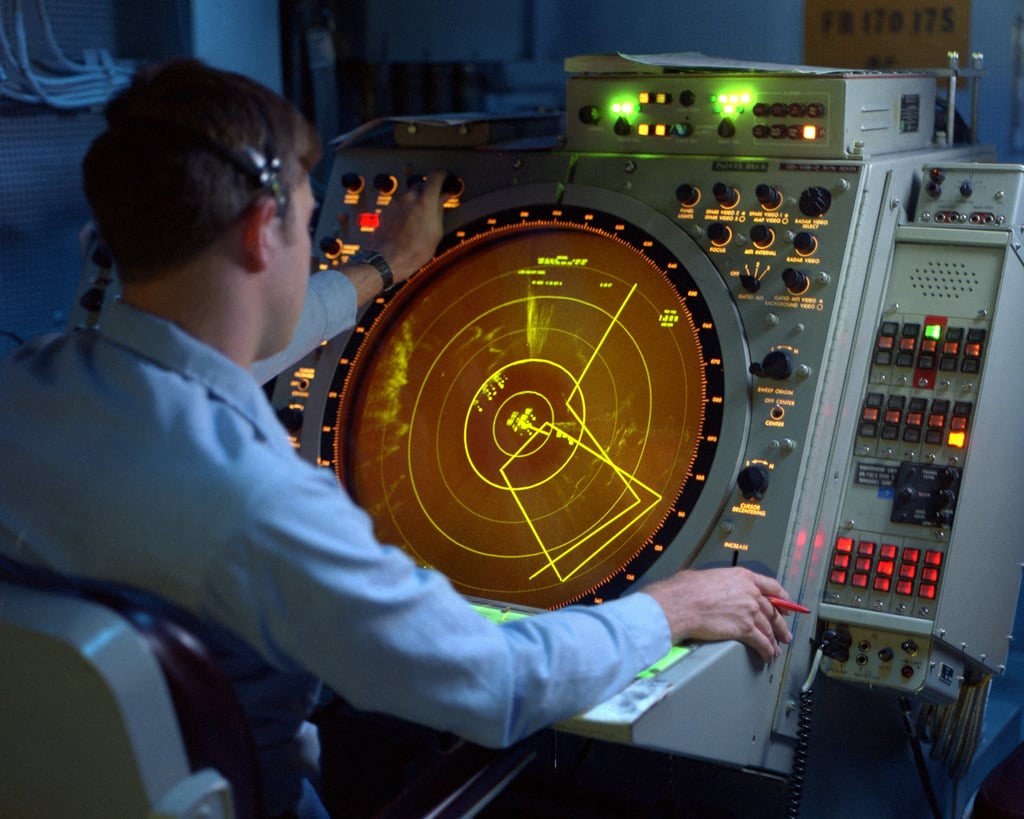
1. Stealth by Design: Internal Weapon Bays and Radar Signature
Fundamental to the Su-57’s attempts at stealth is the internal weapon bay layout. The Su-57 has four internal bays: two wide middle bays for medium and long-range missiles, and two narrower wing-root bays for short-range air-to-air missiles. This layout allows the Felon to be loaded with an impressive set of ordnance and yet maintain its low-observable shape a requirement for contemporary air combat. As Piotr Butowski clarified, “the primary solution to minimize radar visibility is internal carriage of weapons. Radar blockers decrease reflections from the engine inlet guide vanes and are fitted in the engine air intake ducts.”. The airframe shape has been chosen to minimize directions in which electro-magnetic waves are reflected, and maximize these directions to be safest” the primary solution to minimize radar visibility is weapons carriage internally.
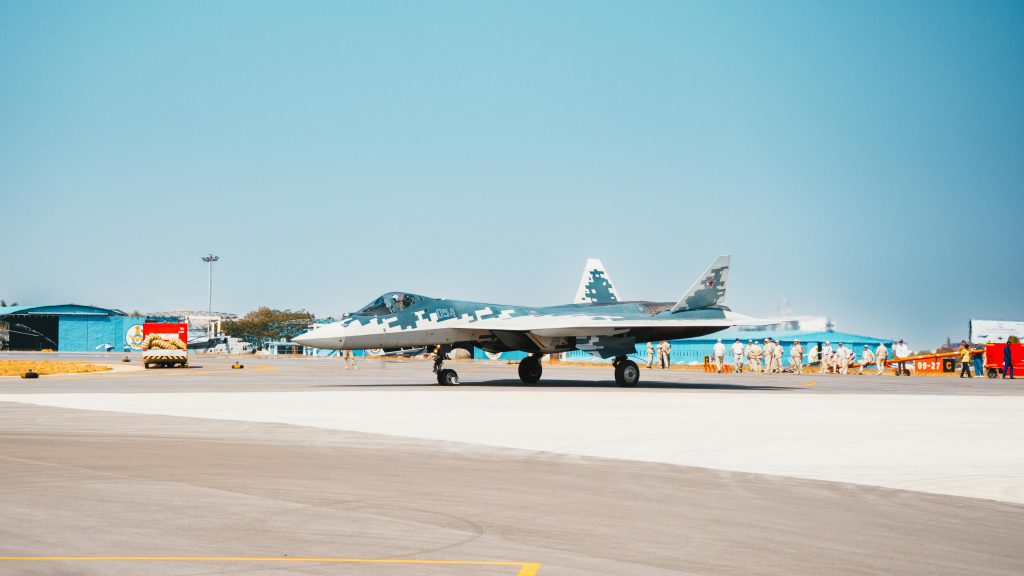
In spite of all these attempts, the Su-57’s RCS is still a debatable issue. Sukhoi’s own patent claims an RCS between 0.1 and 1 m² comparable to a clean F/A-18 Super Hornet, but 1,000 times larger than the F-35’s RCS. As aviation expert Abhirup Sengupta put it, “It’s not just Su-57 being less stealthy than F-35 (-40 dBsm) it has a 1,000 times bigger RCS. As detection range increases proportionally to 4th root of RCS, 1,000 larger RCS is the same as 5.6 times larger detection range” It’s not only Su-57 less stealthy than F-35 (-40 dBsm) it has 1,000 larger RCS.
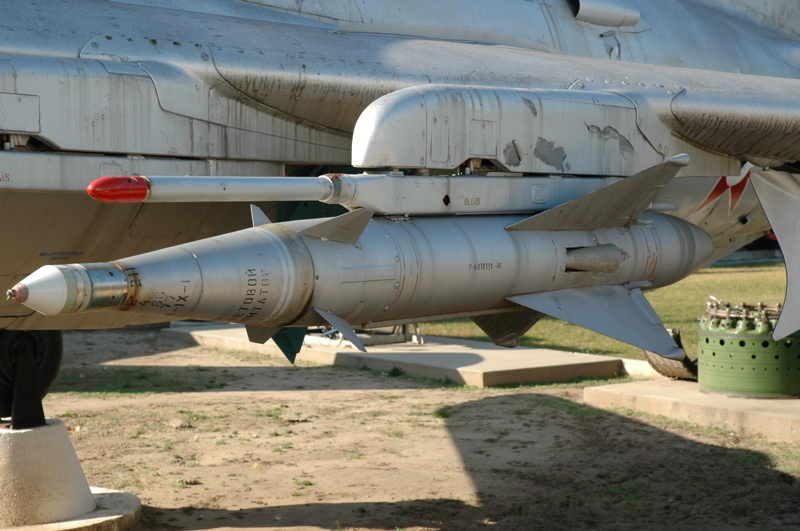
2. Advanced Missile Integration: Air-to-Air and Air-to-Ground Arsenal
The Su-57’s internal bays are designed to carry a broad range of advanced weapons. For air dominance, it is equipped with R-77M medium-range missile with active radar homing, and the R-74M2 short-range infrared-guided missile, optimized for high off-boresight targeting. Next-generation ammunition like the K-77ME (with AESA radar seeker) and the stealth-compatible K-74M are on the anvil. In the strike mission, the Felon can use Kh-38M modular missiles, the stealth Kh-58UShK anti-radiation missile, and the Kh-59MK2 cruise missile, which have a range to attack up to 300 kilometers away.
The Su-57’s versatility includes its six external hardpoints, which can be loaded for non-stealth missions to increase payload and operating range in high-intensity sorties. To this is added the internal GSh-30-1 30mm autocannon, a known workhorse in close-range battles.
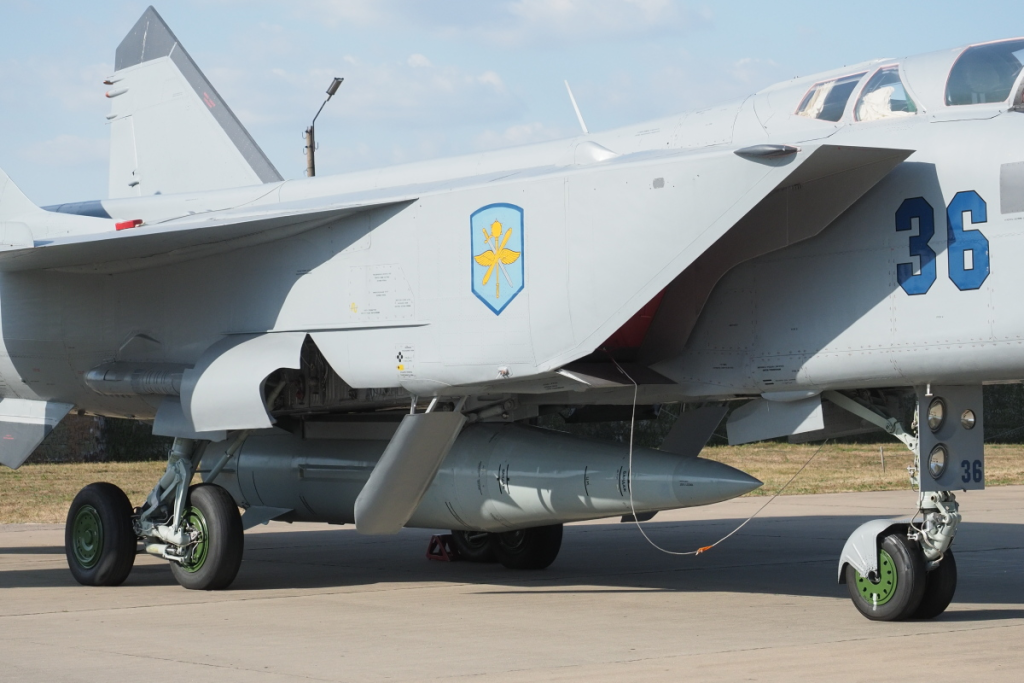
3. The Hypersonic Ambition: Kh-47M2 Kinzhal Integration
The most ambitious aspect of the Su-57’s future capabilities may be integrating the Kh-47M2 Kinzhal hypersonic missile. Russian media boast about the Kinzhal as a Mach 10-capable, air-launched system aimed at penetrating sophisticated air defenses. “The Su-57 will have hypersonic weapons integrated in the future. It is expected to feature the Kh-47M2 Kinzhal, a missile with a speed over Mach 10,” the program’s manual reads It is expected to feature the Kh-47M2 Kinzhal, a missile with a speed over Mach 10.
However, technical analysis questions the Kinzhal’s combat capabilities. Its solid-fuel rocket motor, borrowed from the Iskander ballistic missile, is not equipped with the throttle control and sustained maneuvering characteristic of actual hypersonic cruise missiles. “The Kinzhal is closer to a giant lawn dart filled with explosives,” wrote Capt. Peter Mitchell, explaining that air resistance slows the missile in its terminal stage, making it susceptible to intercept The Kinzhal is closer to a giant lawn dart filled with explosives.
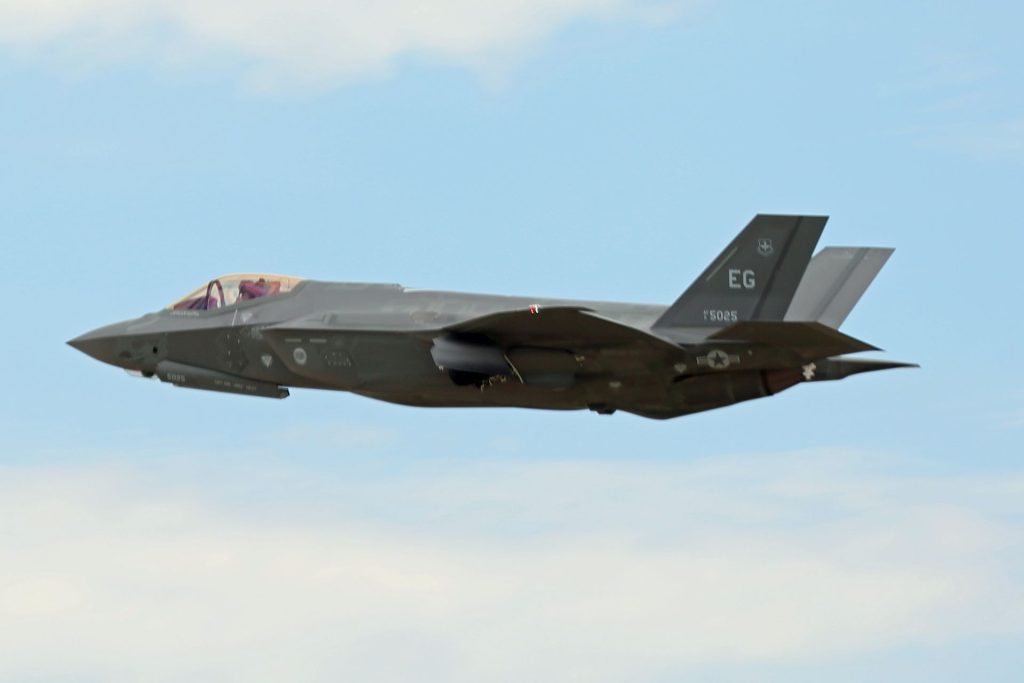
4. Radar-Absorbing Materials and Low-Observable Features
The stealth of the Su-57 is aided by radar-absorbing materials (RAM) and precision shaping. Simulation tests show that the twin-engine tunnel of the aircraft is a major provider of frontal radar reflection, particularly against radars based on the ground. Though returns from the turbine fan blades are suppressed by the radar blocker and RAM coatings, their impact falls short of the S-duct design used in Western aircraft. In X-band, the Su-57’s median RCS in the frontal sector is eight times that of a clean F-35A the Su-57’s median RCS in the frontal sector is eight times that of a clean F-35A.

5. Izdeliye-30 Engine: Supercruise and Thrust Vectoring
One distinguishing improvement for the Su-57 is the implementation of the AL-51F1 (Izdeliye-30) engine. This powerplant produces a minimum of 11,000 kgf of nominal thrust and 17,000 kgf with afterburner, allowing the Felon to supercruise maintain supersonic speed without afterburners. Supercruise, the capacity for sustained supersonic flight without the use of afterburners, provides important operational advantages: Fuel Efficiency, Reduced Heat Signature, Increased Combat Radius, More Rapid Response Time, Stealth Advantage, Operational Flexibility, Air Superiority, Long Life Engine,” a Russian aerospace synopsis highlighted.
The three-dimensional thrust vectoring nozzles on the engine, and a new two-dimensional flat nozzle that may possibly be introduced, also improve the Su-57’s maneuverability and minimize its rear-aspect radar and infrared signature. As Yevgeny Marchukov, CEO of the Arkhip Lyulka Design Bureau, explained, “That’s why we came up with a rather complex flat nozzle” That’s why we came up with a rather complex flat nozzle.

6. Production Bottlenecks and Export Challenges
In spite of its technical potential, the Su-57 program is plagued by ongoing production issues. At mid-2025, Russia can deploy only around 20 usable Su-57s, fewer than half the envisioned number. Sanctions, supply chain losses, and limited production capacity at the Komsomolsk-on-Amur factory slowed production, expansion efforts being in place but yet to become game-changing. “The plant quickly became too small and inadequately equipped to cope with the production needs, leading to persistent delays,” observed recent analysis The plant quickly became too small and inadequately equipped to cope with the production needs, leading to persistent delays.
Export opportunities are limited. Algeria will take delivery of the initial six Su-57Es in 2025, and there is a reported follow-on order for eight more, but there has been no other large contract. Russia’s efforts to sell the Su-57 to India and other countries have been resisted, partly because of the stealth shortcomings of the aircraft and the unclear scale of production.

7. Operational Implications and Battlefield Realities
In recent wars, the Su-57 has chiefly been employed as a standoff missile platform, shunning heavily contested air space. Its real stealth capabilities, particularly from the rear quarter, are still behind Western fifth-generation fighters. Although the deployment of hypersonic missiles such as the Kinzhal could in principle extend its strike range, actual effectiveness is limited by the missile’s technology and the increasing capability of Western air defenses.
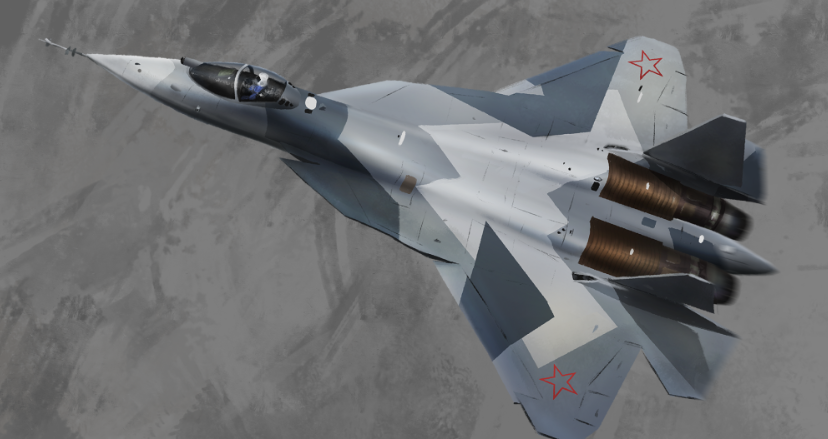
As Russia moves to modernize its air force and export aircraft to foreign customers, the Su-57 is a symbol of Russian engineering ambition and a test case for the challenges of introducing full fifth-generation capability in quantity.
